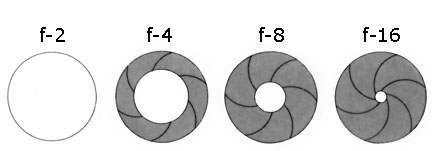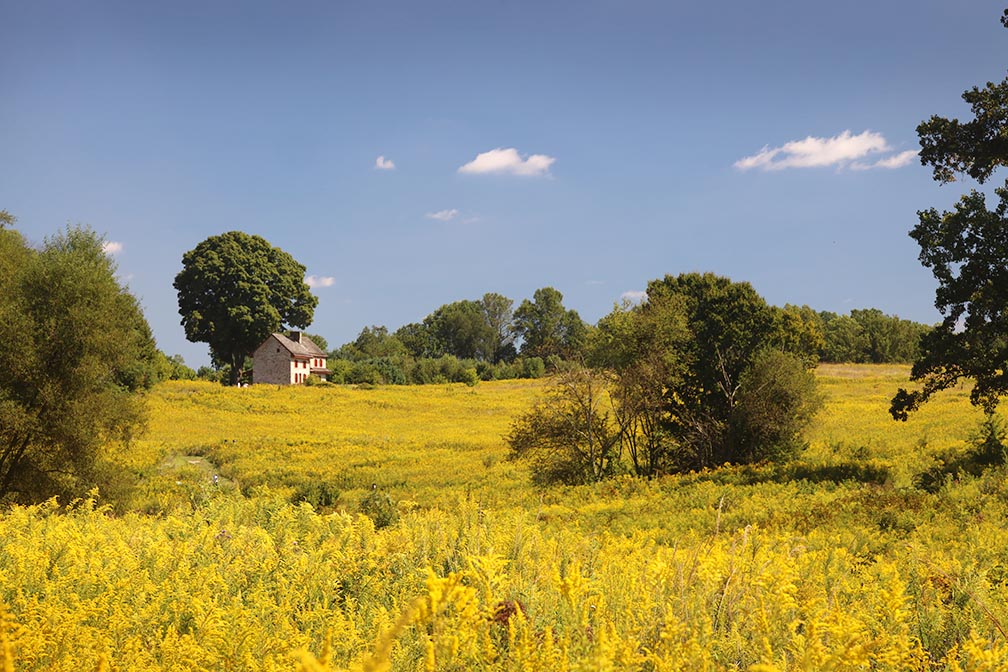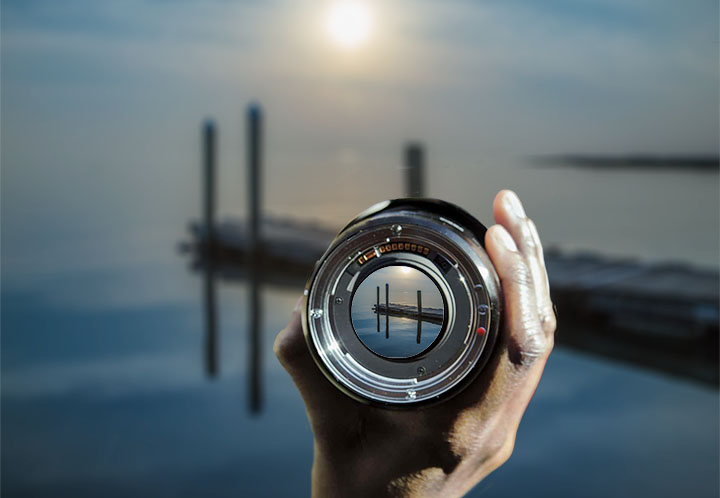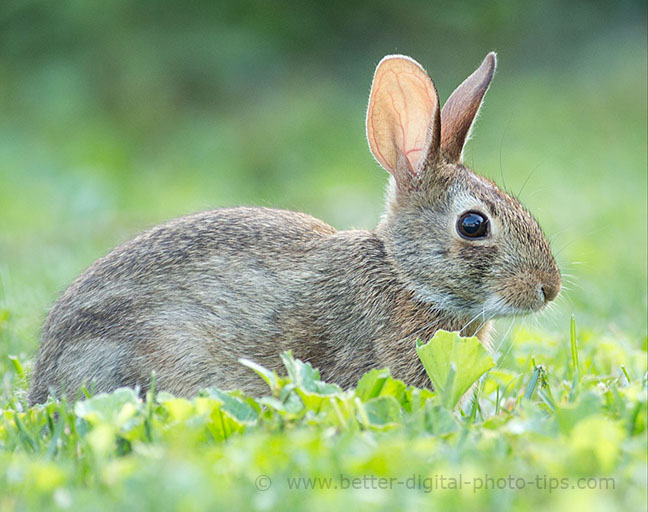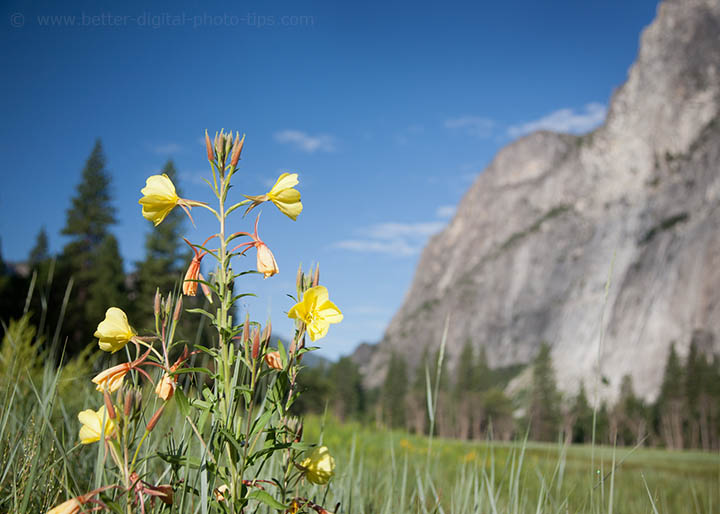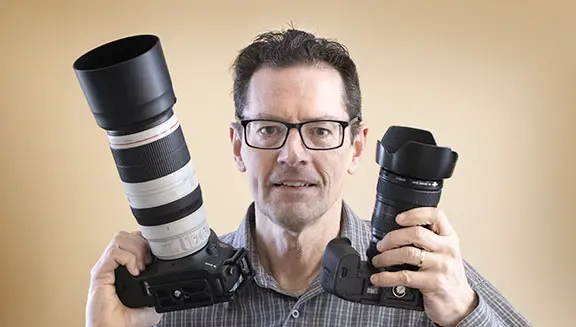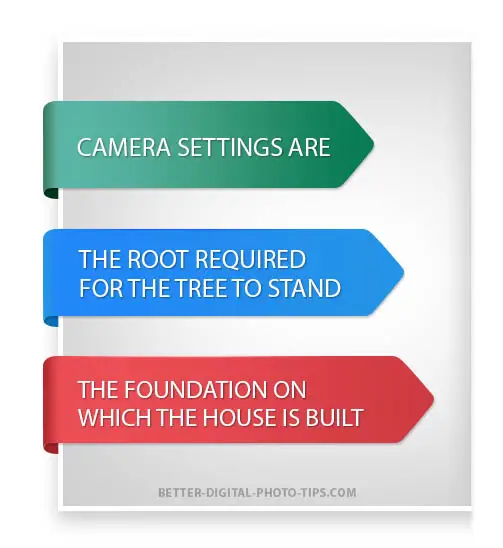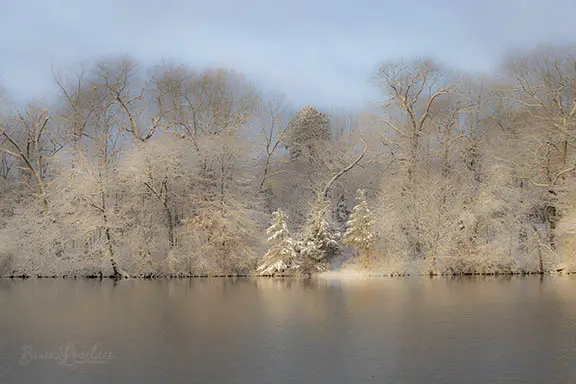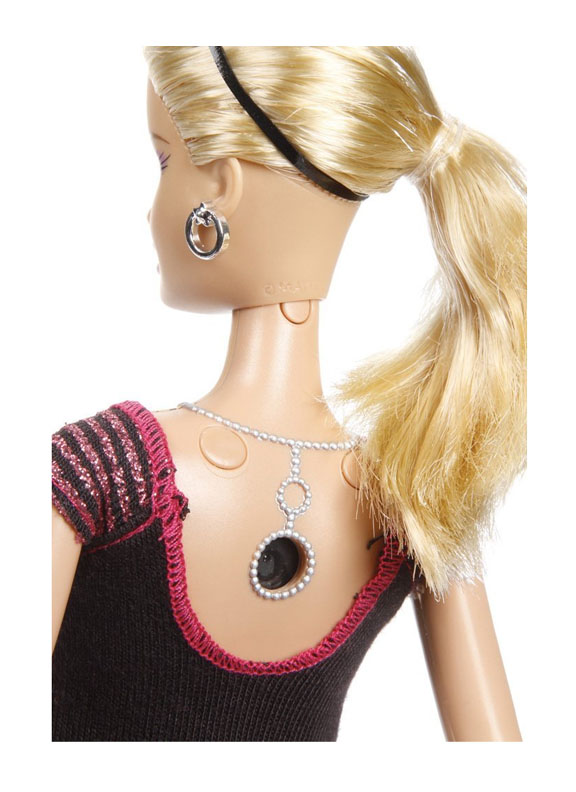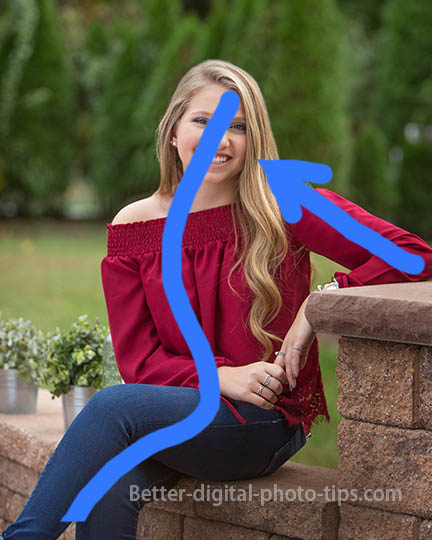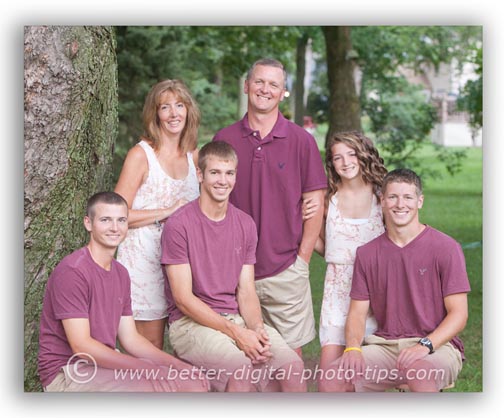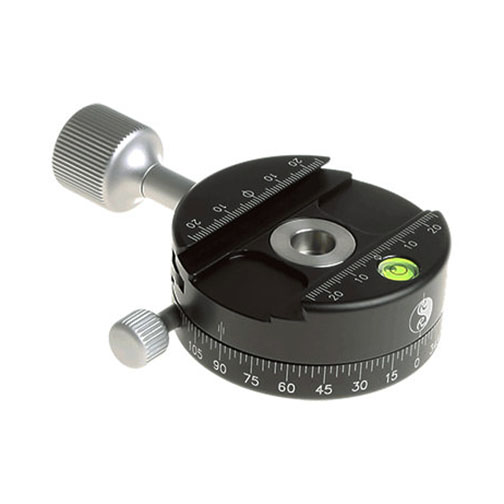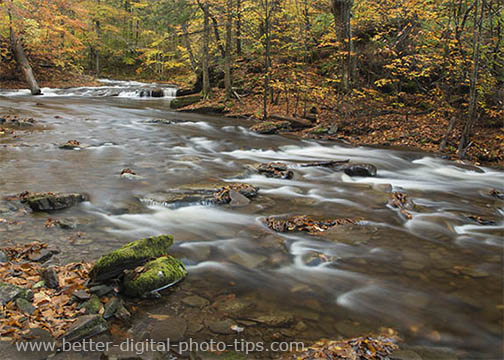HOW TO POSTS: LIGHTING AND COMPOSITION
definition of aperture - What Is It - Why It's Important.
What is aperture? You're searching for a decent definition of aperture, also known as f-stop? In optical terms the general meaning of aperture is simply a hole through which light travels.
In terms of photography it's the size of the opening in the lens. The most important thing to understand is the effect of aperture on depth of field and quality.
As the photographer, you don't have to be an expert on lens design. You do need to know that a small aperture, like f-16 in the diagram above, will give you a deeper depth of field. In other words, you'll have a greater range of things in reasonably sharp focus, from closer objects to further away from you objects in your scene.
How Aperture Affects What's In Focus
Small lens apertures increases the range of things in your photo that are sharp focus. Large apertures decreases the range of things in focus.
In the first example a small aperture was used to get everything in sharp focus. In the second example a large aperture was used to achieve minimal range of focus. Intentionally controlling the range of things in focus (depth of field) will make you a better photographer.
You can control how much you want in focus by setting your camera lens to a specific aperture. A small lens aperture opening, like f/16 or f/22, will give you deep depth of field. A large aperture opening, like f/2.0 or f/1.8, will give you shallow depth of field.
how does this definition of aperture effect quality
The quality of an image is also affected by which aperture you choose and it does vary from lens to lens. There is a broad rule of thumb that is helpful to follow.
The results for each lens is an in-depth topic better covered by a lens review on your specific lens. Specific lens tests give data on sharpness, chromatic aberrations, and diffraction at different apertures.
As a general rule, the best quality image is achieved with a lens aperture that is two or three f-stops closed down from widest open setting that your lens can be set.
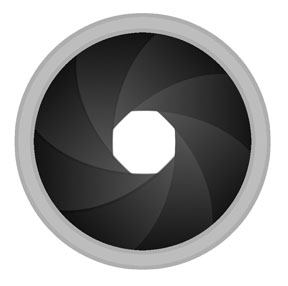 Camera Lens Diaphragm
Camera Lens DiaphragmHere is an example.
If you have a maximum f-stop of f-4 with a given lens, you'll get the best photo quality closed down by two f-stops. Two f-stops smaller than f-4 is an aperture of f-8.
But here's the thing, this is a very general rule and is not 100% true for every design of lens. It's still a safe bet the two stops down from maximum is going to give you a good sharp image. It also assumes your choice of f-stop won't create an issue depth of field or blur from motion if it makes your shutter speed too slow.
It is a good rule of thumb to follow and is generally true. But if you have a dire need to know the absolute exact best aperture to achieve that slightly better result, (which may not be detectable by the human eye) than you need to
- Test the lens yourself, or have it tested.
- Research the test results for your specific lens design and your personal lens should have been manufactured very closely to the same specs and should perform in a similar way.
You might be catching on to my opinion at this point. Lens tests do have value. There is no doubt. For the majority of beginner and hobbyist photographers, the differences in quality between one aperture and another simply won't be noticed.
For lesser quality lenses, you may get noticeable issues showing up at the extreme ranges of apertures, the fully wide-open f-stops and the very smallest f-stops. The widest open lens openings are often not as sharp and the smallest lens openings usually produce at least some diffraction. One of the sites I visit for thoughts on lenses is The Digital Picture.
what is aperture's effect on the exposure
Each full f-stop number represents a factor of two in terms of the amount of light. Opening up the lens from f 8.0 to f5.6 will double the amount of light entering the camera at any given shutter speed.
If your camera is set on Aperture Priority Mode, it will automatically compensate by shortening the shutter speed to give you the correct exposure.
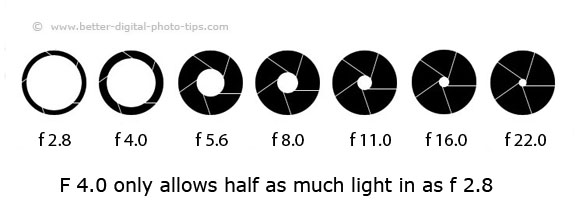
In the days of film photography, the f-stop numbers that represented the aperture size were the standard numbers shown above. Modern digital cameras and lenses now have countless fractional f-stops within the entire range of apertures that give you the ability to pinpoint exposure more precisely.
Also useful information is how changing the aperture will require either the ISO or the shutter speed to change to maintain a proper exposure. This is best illustrated by understanding the exposure triangle: Photo Exposure.
why aperture changes with zoom
Have you ever noticed that with some lenses, the f/stop number will change as you zoom? That's called a variable aperture zoom lens. As you zoom your focal length changes, and lens elements move within your lens. As your lens lengthens, the actual aperture stays at the same size opening. The distance that the light has to travel to the sensor changes and less light makes it to the sensor.
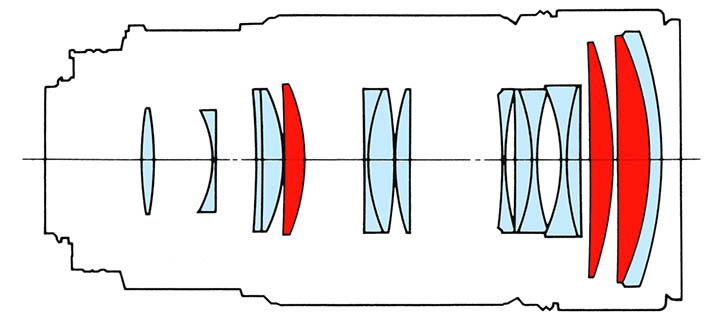
The more expensive "pro" type of camera lenses are designed to maintain a constant lens aperture as you zoom. Pro style lenses have a constant aperture as you zoom and they usually have a larger maximum aperture (lower f/stop number) such as Nikon 100mm F/2.0.
why a large aperture lens is costs so much
When a lens's description has a low f/stop number like f/1.4 or f/2.0 it means that is has a large maximum aperture. Since the f-number is the ratio between the focal length and the actual size of the opening, you need to have a bigger lens to get a bigger opening and a smaller f/stop number.
That means you need more raw materials and more glass to make these "fast" lenses. Fast lenses are designed for pro photographers who demand the highest quality equipment to get the best quality images. Superior elements and more expensive features add to the cost of these large aperture lenses too.
final thoughts on camera lens APERTURE
Use the simple definition of aperture to mean the size of the lens opening and remember that small apertures are big f'stop numbers and vice versa. Get a better understanding of how it affects quality and depth of field.
Controlling depth of field gives you, as the creative photographer, a way to emphasize specific parts of the photograph. Shoot more photos. Shoot better photos.


ABOUT BRUCE LOVELACE
Bruce is the publisher of this website. He is the author of the book "Improve Your Photography Instantly." Read more on Bruce on his Bio Page. He's been known as The Traveling Photographer ever since 1994. Read more about this website.
View some of Bruce's photos on Instagram. Visit the Facebook Page. Watch him on YouTube. Bruce runs photo workshops for kids and adults, and provides one-on-one photography coaching.
Digital Photography Education Location on Google My Business
